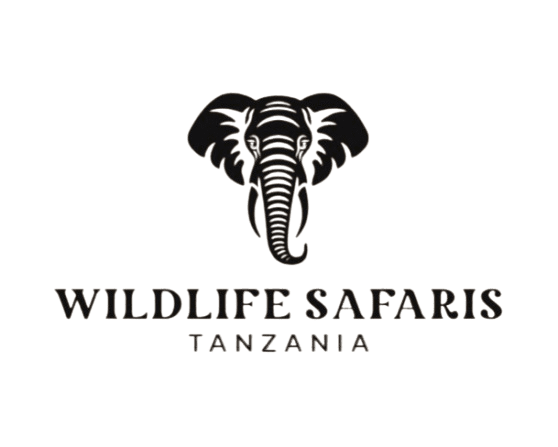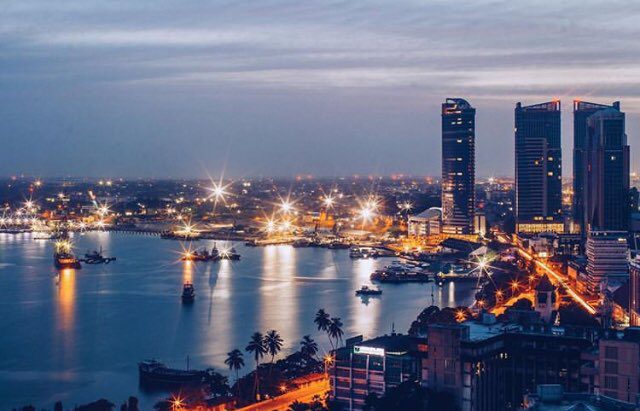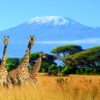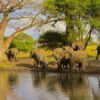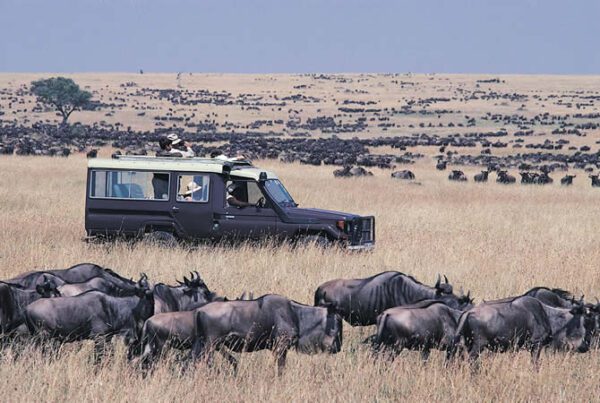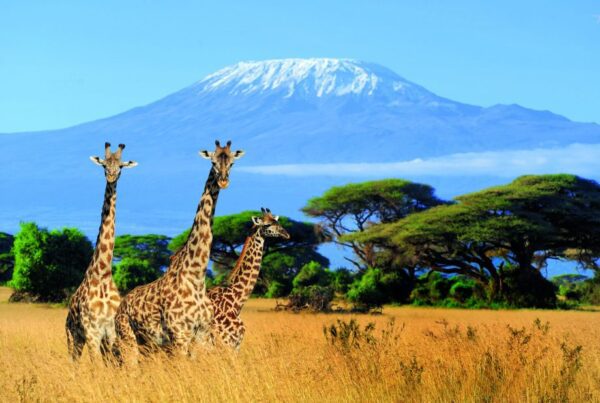Exploring Tanzania at Night
Nighttime safaris in Tanzania’s wilds are the cherry on top of an already exhilarating daytime wildlife drive. Your eyes play a crucial role in daytime animal and landscape discovery. Nighttime heightened olfactory and auditory perceptions help you connect with the natural world. That’s why we believe you go on a nighttime safari as a reward for yourself. Before you go on this journey, though, you should learn more about it.
Nighttime drives across Tanzania’s expansive countryside are an exciting and adventurous experience. The purpose of this silent night drive is to supplement your day safari by allowing you to see creatures that are difficult to see during typical game drives, such as uncommon and elusive species.
Nighttime driving: what to look for?
You should schedule a night game drive for several reasons. To start, there will be no other safari vehicles around, so you can have a peaceful viewing of the animals. This is because going on a night game drive isn’t something that every safari traveler is interested in doing. In addition, there is a strict cap on the number of participants allowed on these trips.
Second, the African sky looks its best at night. Stars glow, galaxies become visible, and patterns become apparent when night falls. Because most tourist spots are located far from major urban areas, light pollution is usually not an issue there. So, you may put the car in park and look at the starry sky above Africa. They also have extensive understanding of the constellations and their patterns.
Finally, many animals, both large and little, are active at night, and you just could come across some of them. Porcupines, jackals, bush babies, and even hyenas, leopards, and lions, which are huge predators, are more likely to be encountered. Hippos may be visible grazing along riverbanks if the drive passes by them.
Lastly, going on a safari in the dark takes it to the next level by requiring you to utilize all of your senses, including sight, smell, and hearing. This implies that you are hyperaware of even the most minute of changes, such as the sound of a lion’s roar, the rustling of leaves in the forest, or the slightest wave in a river. Following your guide’s bright floodlight as it searches for wildlife is the major emphasis. Even a glimpse of an owl’s or a wild cat’s eye catches your intense attention.
Explore Serengeti National Park at night on a safari.
The Serengeti in Tanzania is a perfect haven for animals, and it will remain that way. This magnificent park is home to the world’s biggest predator population and the Great Migration; it also provides exciting balloon rides and game drives. Sadly, Serengeti does not permit nighttime driving. So, the main park isn’t open for night driving. But the question is, why is it here in this article?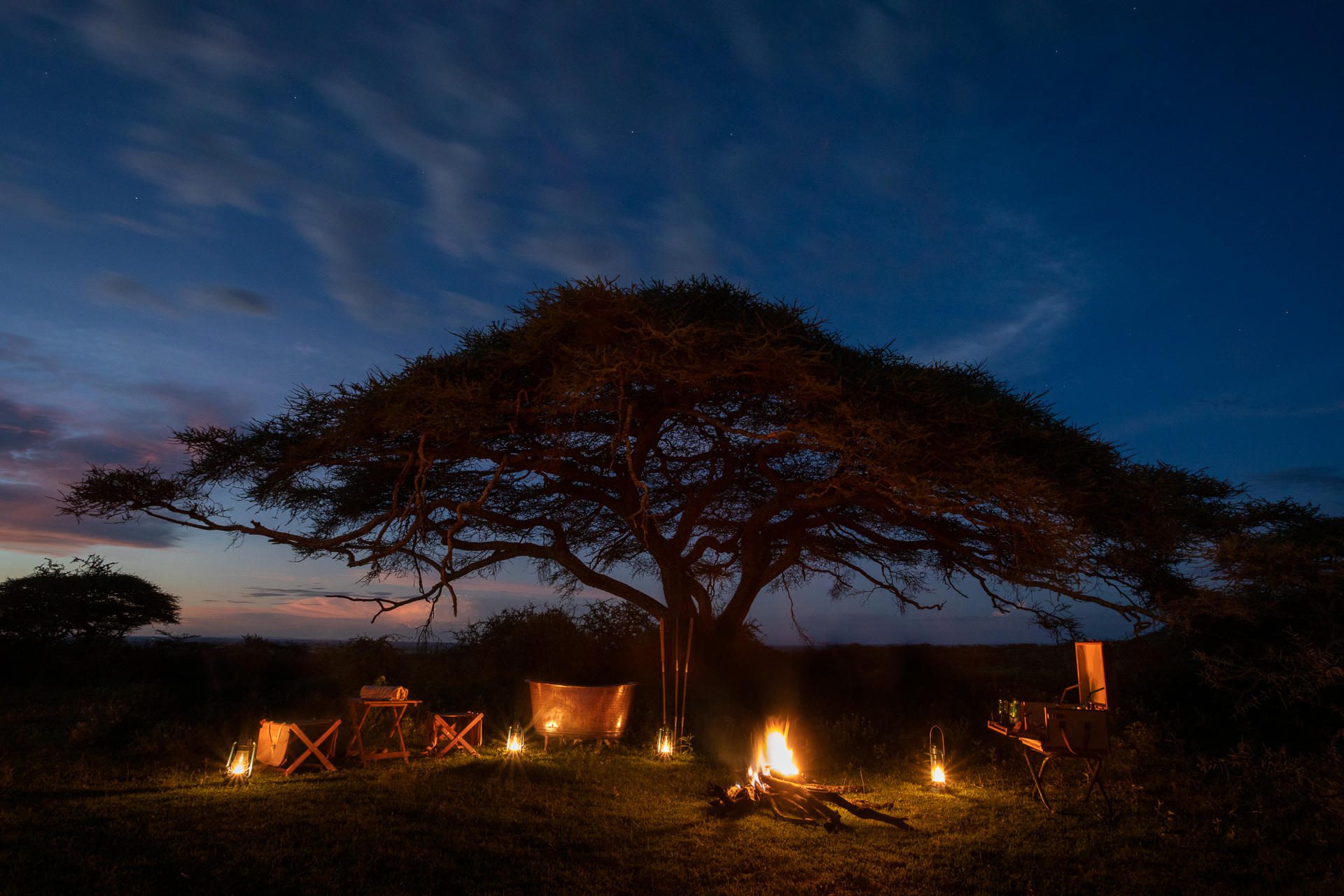
Reason being, the private concessions encircling the Serengeti allow anyone to drive. The local residents are protected from having their land encroached upon by these buffer zones. Humans and animals were able to avoid fighting because of the Great Migration’s overflow into these preserves. Private, eco-friendly safaris are available in a few of these reserves.
Some of these reserves are the Loliondo Game Controlled Area, Grumeti Game Reserve, and Mwiba Wildlife Reserve. As a result, visitors staying at these concessions may see the Serengeti’s most varied ecology on tranquil night drives. After dark, when predators are most active, you have a better chance of seeing hyenas, wild dogs, leopards, and lions.
Explore Tarangire National Park at night on a safari.
Many people think that the Serengeti and Ngorongoro Crater are more important than Tarangire. Tarangire attracts just a small number of tourists each year, and those that do often go to see the animal migration between June and October or the huge herds of elephants. Due to the relatively low number of tourists, some activities, such as night driving, are permitted.
Typically, these nocturnal escapades span a duration of one to two hours. Be on the lookout for bush cubs leaping from one branch or a lion finishing off a kill as you travel down the Tarangire River banks. The nightjars and snakes both benefit from the mild weather, which allows them to hunt for food.
Driving around Lake Manyara at night
The soda lake takes up the most space in this tiny park, which is already somewhat cramped. Highlights include huge herds of elephants, pink flamingos, and tree-climbing lions. Because lions are found in both Queen Elizabeth National site and Lake Manyara National Park, just seeing them brings international attention to the site.
Another park on the well-known Northern Circuit that allows nighttime driving is Lake Manyara, which is adjacent to Tarangire. Spots are limited, so it’s best to reserve this experience at least 24 hours in advance.
On a nighttime trip through Nyerere National Park and Ruaha.
Southern parks do not receive nearly as many tourists as their northern counterparts. Consequently, there are a plethora of exciting options, such as boat cruises, game drives, and more. Imagine yourself on the road in either Tanzania’s biggest park, Nyerere, or its second-largest park, Ruaha. Here you may see some of the world’s most docile animals.
For instance, the Nyerere serves as a refuge for endangered species such as roan antelopes and African wild dogs. In contrast, Ruaha is home to an astonishing number of lions and the biggest population of elephants in the nation. On your game drive, you have the option to do things like go on a boat ride or a walking safari. As the sun goes down, you mix a fly camping adventure with a tranquil night safari.
That is all.
An exciting and rewarding experience is a gaming drive. When the sun goes down and most visitors head to their king-sized mattresses, the ideal thing to do is go on a nocturnal adventure. Initiate your journey planning with a call to our specialists.
